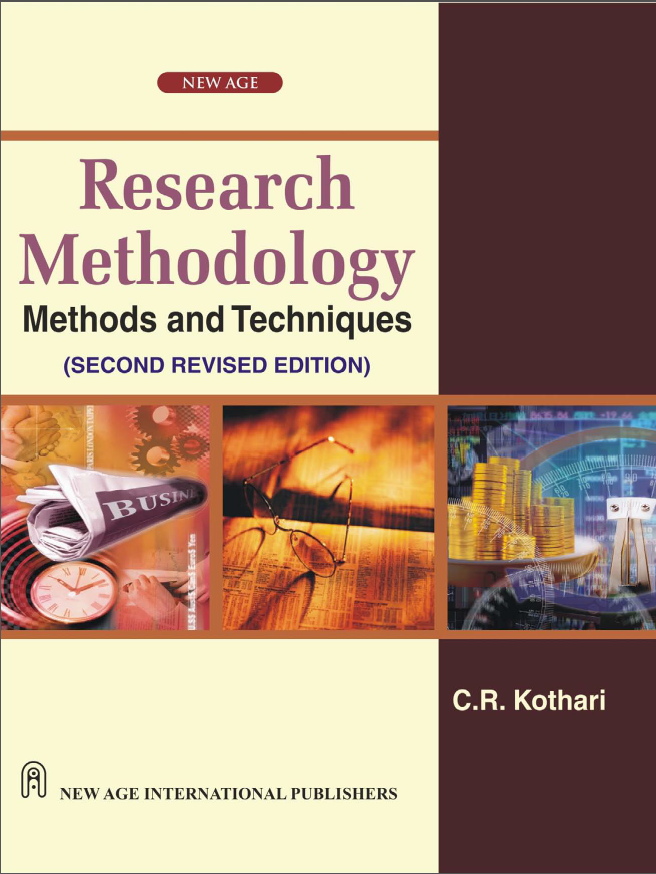

Most ebook files are in PDF format, so you can easily read them using various software such as Foxit Reader or directly on the Google Chrome browser.
Some ebook files are released by publishers in other formats such as .awz, .mobi, .epub, .fb2, etc. You may need to install specific software to read these formats on mobile/PC, such as Calibre.
Please read the tutorial at this link: https://ebookbell.com/faq
We offer FREE conversion to the popular formats you request; however, this may take some time. Therefore, right after payment, please email us, and we will try to provide the service as quickly as possible.
For some exceptional file formats or broken links (if any), please refrain from opening any disputes. Instead, email us first, and we will try to assist within a maximum of 6 hours.
EbookBell Team

0.0
0 reviewsBook consists of fourteen chapters, well arranged in a coherent manner. Chapter One is an introduction, presenting an overview of the research methodology. Chapter Two explains the technique of defining a research problem. Chapter Three dwells on various research designs, highlighting their main characteristics. Chapter Four presents the details of several sampling designs. Different measurement and scaling techniques, along with multidimensional scaling, have been lucidly described in Chapter Five. Chapter Six presents a comparative study of the different methods of data collection. It also provides in its appendices guidelines for successful interviewing as well as for constructing questionnaire/schedules. Chapter Seven deals with processing and analysis of data. Sampling fundamentals, along with the theory of estimation, constitutes the subject-matter of Chapter Eight. Chapter Nine has been exclusively devoted to several parametric tests of hypotheses, followed by Chapter Ten concerning Chi-square test. In Chapter Eleven important features of ANOVA and ANOCOVA techniques have been explained and illustrated. Important non-parametric tests, generally used by researchers have been described and illustrated in Chapter Twelve. In Chapter Thirteen, an effort has been made to present the conceptual aspects and circumstances under which various multivariate techniques can appropriate be utilized in research studies, specially in behavioural and social sciences. Factor analysis has been dealt with in relatively more detail. Chapter Fourteen has been devoted to the task of interpretation and the art of writing research reports.